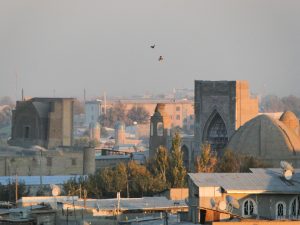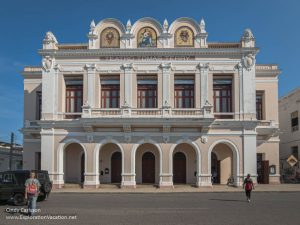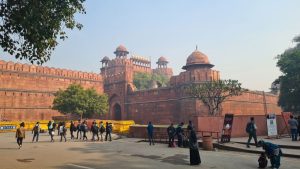Durham Castle and Cathedral
An innovative cathedral with architecture that foreshadowed Gothic, and the 11th-century Norman castle that guarded it and the northern frontier.

An innovative cathedral with architecture that foreshadowed Gothic, and the 11th-century Norman castle that guarded it and the northern frontier.

An ancient landscaped environment based on Buddhist principles in garden design that have been influential for over a thousand years.

An ancient city on a peninsula containing architecture from many eras, including unique Bulgarian Renaissance elements.

A mountain on whose peak stands the tomb of King Antiochus I, an imposing artistic achievement of the Hellenistic period.

An island whose inhabitants adapted their settlements to the natural conditions, and where different cultures coexisted peacefully.

A Silk Road city with historic architecture dating to the 10th and 11th centuries, important particularly for its urban planning.

A Silk Road city 4,000 years old, with remains of five walled cities from different eras.

One of the Five Great Mountains and an important place of worship, known for its Taoist temples.

An architectural collection in the hometown of Confucius, who was hugely influential in the history of China and many other countries.

A historic city and charming old city with architecture and urban planning that show an array of cultural influences spanning centuries.

The extensive ruins – palaces, churches, mosques, fortifications, and homes – of an important trading city on the medieval Silk Road, where diverse cultures and architectural traditions met and blended.

Seven religious monuments that represent the unique Nepalese culture, mixing Hinduism and Buddhism with animism and Tantrism.

A 16th-18th-century colonial capital where European, African and Indigenous cultural influences have blended and echo to the present day.

Seventy-eight locations along four medieval pilgrimage routes leading to the Santiago de Compostela in Spain.

The ancient center of Tunis, with about 700 monuments dating to the 12th-16th century: mosques, gates, markets, palaces, noble houses, and more.

The 12-century capital of Sri Lanka built by the Chola rulers and containing the ruins of spectacular Buddhist monuments.

A mountainous region of Mallorca with ancient systems of water harvesting, terraces and villages that have supported agriculture for centuries.

A hilly region with 16 villages and what remains of a huge Roman-era gold mining operation.

A group of Medieval buildings in Spain that exemplify a fusion of Islamic and Christian architectural and artistic traditions.

A 19th-century charitable institution in Neoclassical style, with magnificent 20th-century murals by José Clemente Orozco.

A 19th-century French settlement in Cuba with a range of interesting architecture, from neoclassical to deco and modern.

A former slave-trading center near Dakar, now a place of remembrance.

Several very early Christian churches that were influential in the development of early Armenian church architecture.

A well-preserved medieval city with complete fortifications, built largely by Crusaders, with elements of Gothic, Byzantine and Ottoman architecture as well.

A collection of stupas, temples and monasteries that make up the earliest Buddhist sanctuary in the world.

Sicilian landmarks that showcase a blend of Arab, Norman and Byzantine influences in art and architecture.

Twenty-two 11th-century temples of the Chandela period, covered in exceptionally accomplished figurative stonework.

Remnants of early Islamic India, including Northern India’s oldest mosque and a minaret that is the highest stone structure in India.

An outstanding example of Mughal architecture on a grand scale, with later British colonial additions.

A huge region of beautiful landscapes and archaeological sites, important in the history of the Mongol Empire as well as the Uighur people.

A collection of spiritually and culturally important pilgrimage sites that blend Buddhist and Shinto traditions in a natural environment.

12 sites designed for Louis XIV by the innovative military engineer Sebastien de Vauban in the late 17th-18th centuries.

An ancient Nabatean town with a number of massive rock-cut tombs from the 1st century AD.

The oldest known intact lighthouse in the world, built by the Romans in the 1st century AD.

An important coal mining and iron production region in the Industrial Revolution.

A well-preserved and lively historical quarter that shows the influences of both Arab and Andalusian culture on its art and architecture.